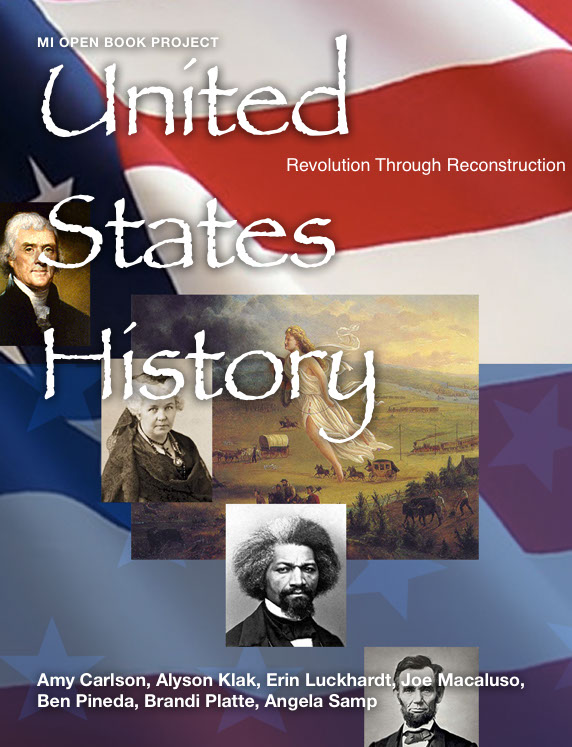

Visit our download page
Chapter 1: When is it acceptable to throw out your government and start over?
Why did the Articles of Confederation not work for the US?
How did conflict that the US faced lead to a new government?
Did compromise help or hurt the development of our government at the Constitutional Convention?
Chapter 2: Can you create and implement a perfect government?
How did different beliefs become a government?
How is the Constitution set up?
Why did the Constitution need to have amendments?
Chapter 3: How does a framework for government become a reality?
What details did President Washington and the first Congress need to work out for our government to function?
How did challenges build a model for future governments?
How does a new nation find its place in the world?
Chapter 4: Did the first political parties help or hurt the development of the country?
What were the beliefs of the Federalist party?
What were the beliefs of the Democratic-Republican party?
Chapter 5: To what extent did the presidents after Washington follow the advice from his farewell address?
Did President John Adams continue Washington’s neutrality policy?
Was President John Adams supportive or against political parties?
Did President Thomas Jefferson continue Washington’s neutrality policy?
What domestic issues were decided during Jefferson’s presidency?
How did President Monroe tell the world not to interfere with America?
Chapter 6: Did westward expansion create a new idea of American success?
How does geography shape the social, political and economic values of those in the West?
How was manifest destiny justified?
What is the price of westward expansion?
Chapter 7: How does regional success affect a nation?
How did the geography & climate of the North determine its industrial economy?
How did the arrival of immigrants affect the social and political landscape of the nation?
How did changes in politics/political parties affect the growth of the Presidency?
Chapter 8: Can a few people change a society?
How did religious and democratic ideals influence antebellum reform movements?
In what ways did the various reform movements reflect economic and social concerns?
How did the abolitionist movement contribute to growing sectionalism in the United States?
Chapter 9: When is it time to stop compromising?
How did the lifestyles of those living in the North and the South add to the division of the country?
What are the competing opinions in the government?
How did compromises lead to more tension?
How did enslaved people react to the treatment against them?
Why did sharing political power create challenges for the nation?
Chapter 10: Can you win a civil war?
How did the early war years reveal the reality of war?
How did the war impact society?
Why was the North able to win the Civil War?
Chapter 11: Can you heal a nation after a civil war?
Why did Restoration begin?
What were the different positions concerning Restoration?
How were African Americans affected by Restoration?
Why was there resistance to Restoration?
Why did Restoration end?
How did geography affect Restoration?
Why did Radical Reconstruction begin?
What were the different positions concerning Radical Reconstruction?
How were African Americans affected by Radical Reconstruction?
How did the 13th, 14th, and 15th Amendments work together?
Why was there resistance to Radical Reconstruction?
Why did Radical Reconstruction end?
How did geography affect Radical Reconstruction?
Materials developed under a grant from the Michigan Department of Education

This website and project is licensed under a Creative Commons Attribution-NonCommercial-ShareAlike 4.0 International License.